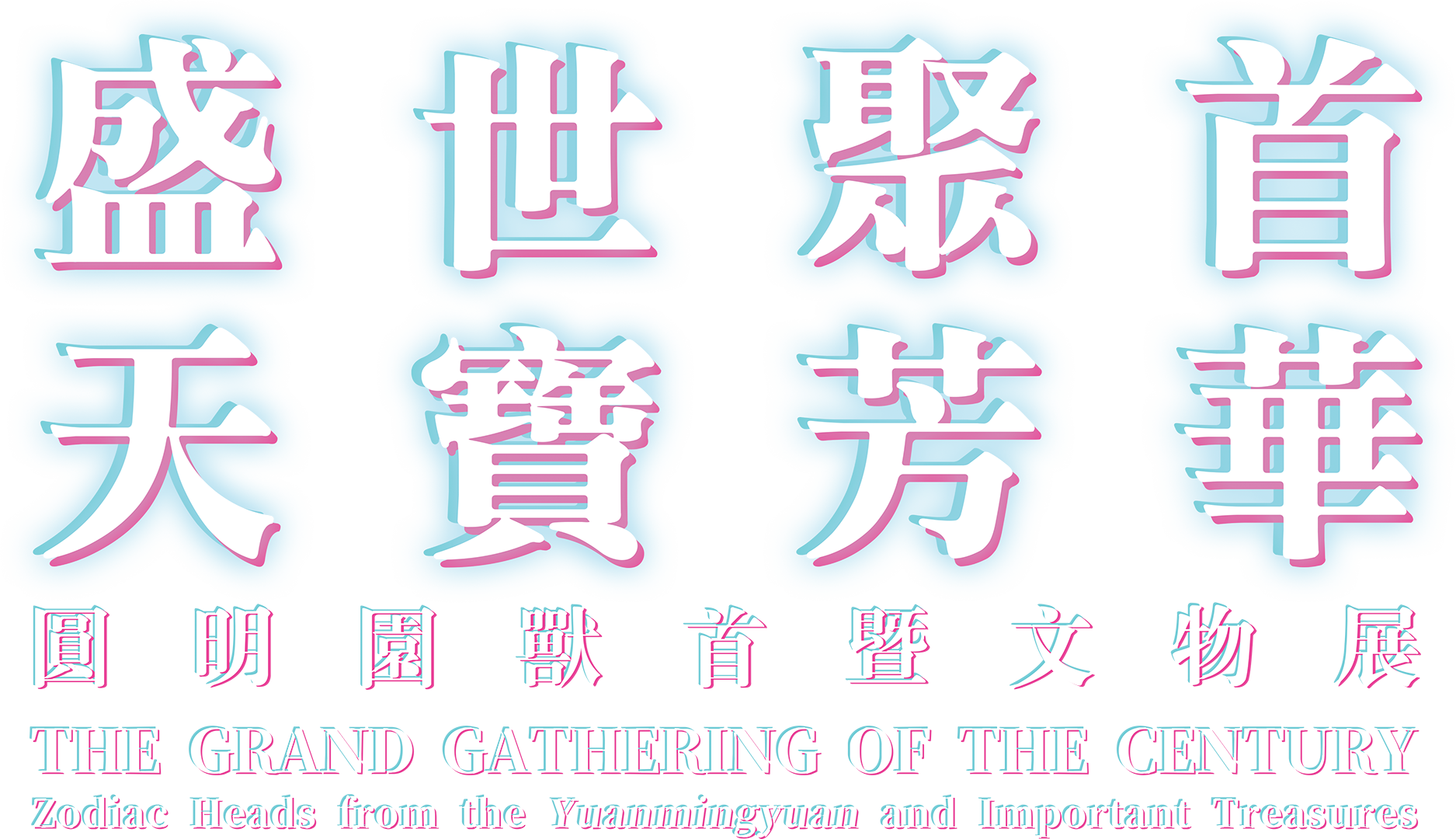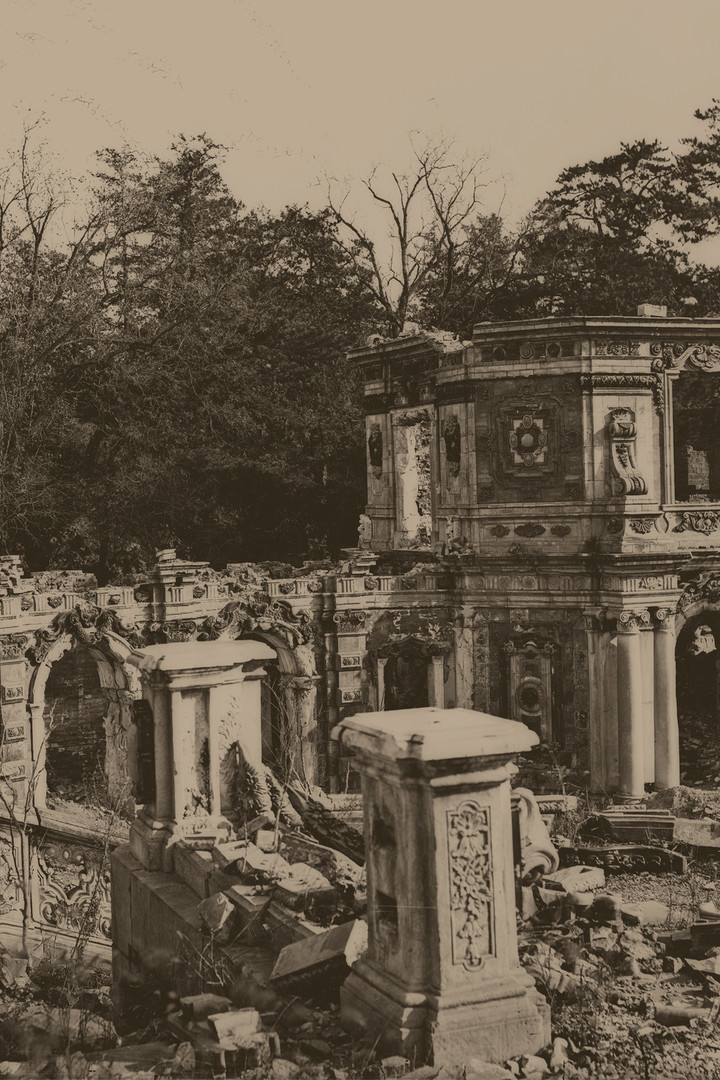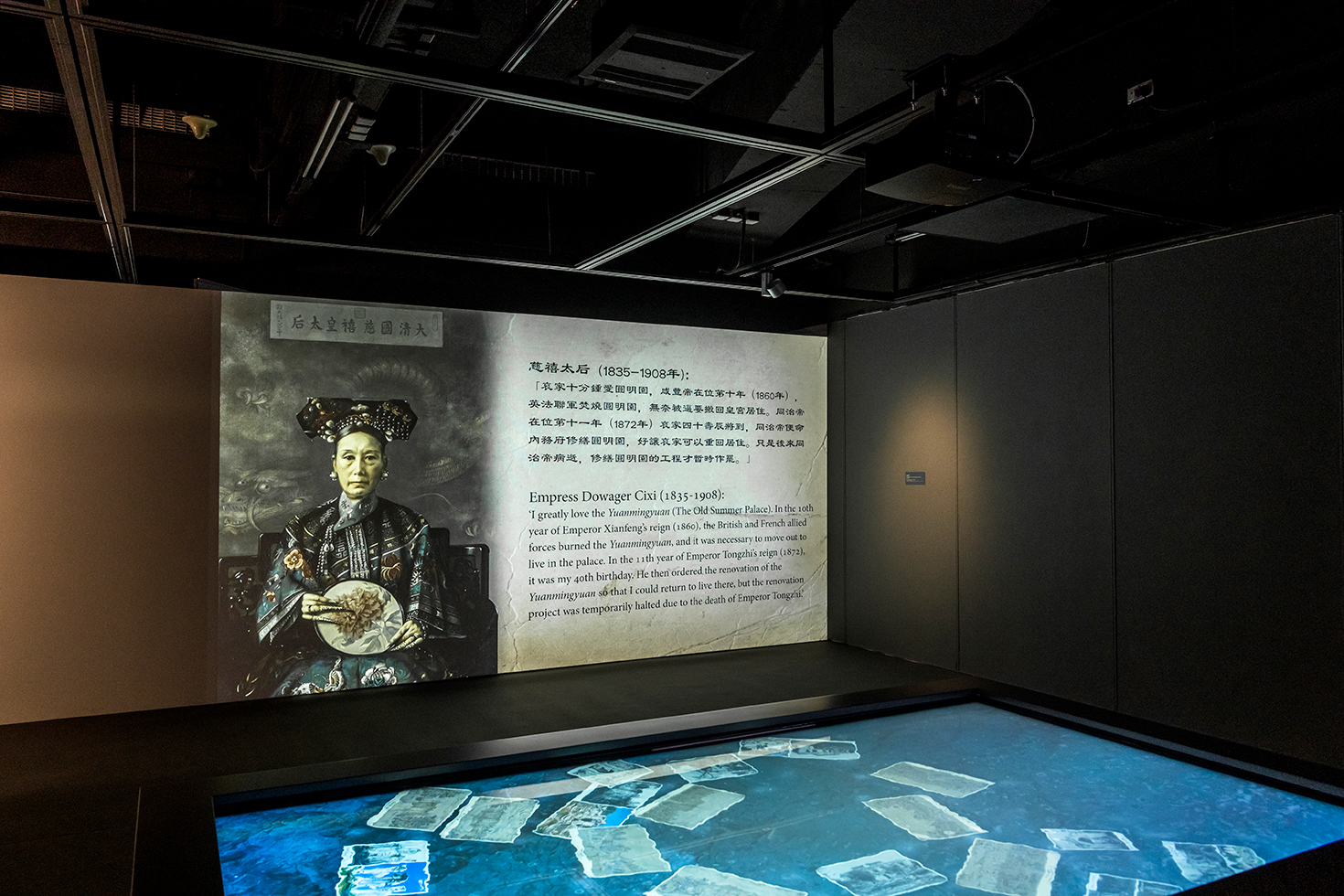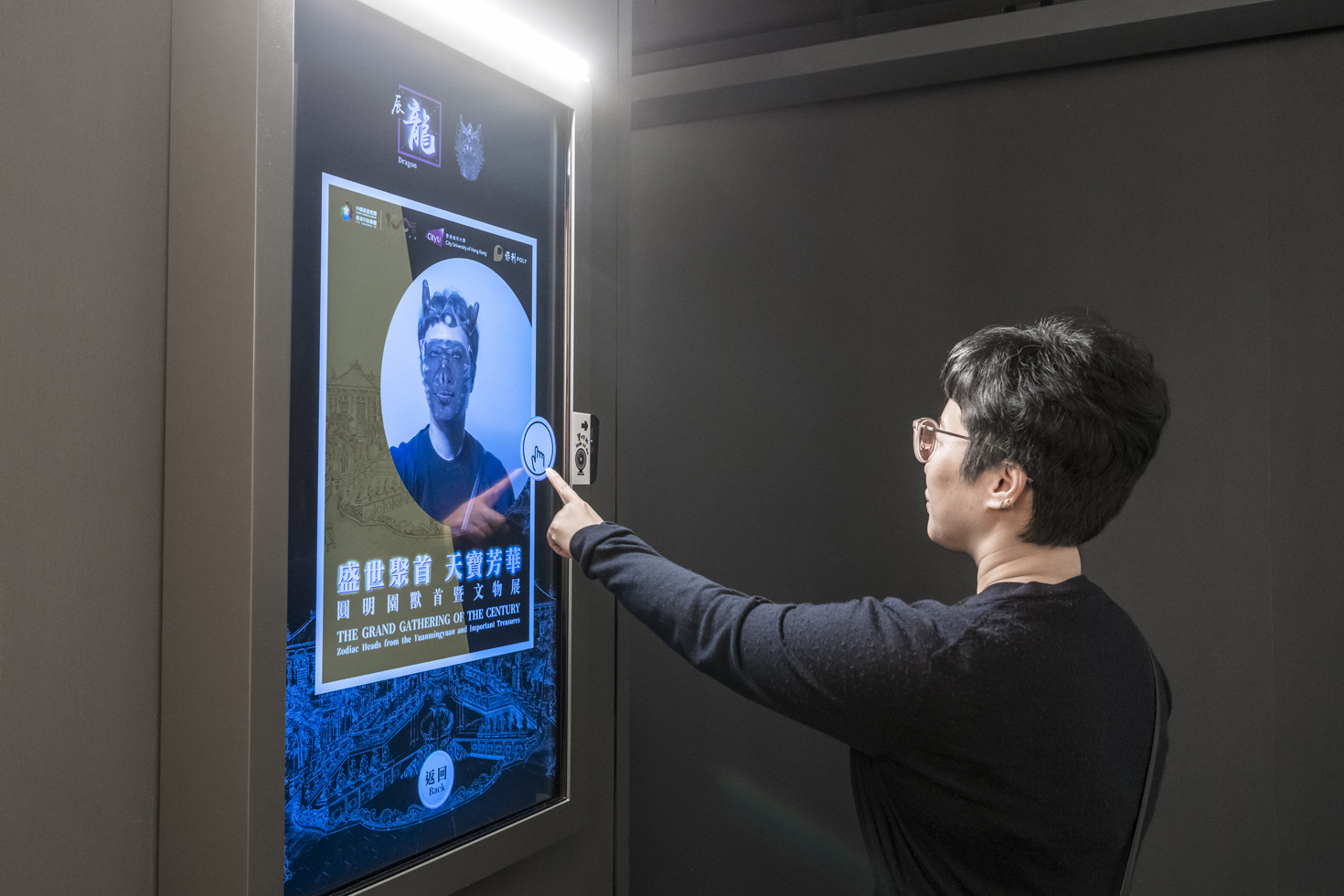Preserving Yuanmingyuan
Imagine standing in the ruins of the European Palaces and looking at photos of Yuanmingyuan in the aftermath of its destruction during war: Xieqiqu (Pavilion Harmonizing Surprise and Delight), for example, has a collapsed roof; the fountain in front of it is completely ruined. The site has become an empty space without a proper function. With the passage of time, only the crumbled walls, broken tiles, and overgrown weeds remain. Today, can we still imagine the former glory of the Old Summer Palace through these images?
As an important example showing the development of Chinese and Western garden design from the 17th century onwards, the spectacular imperial garden is a world cultural heritage that belongs to all of us. Over 160 years after it was destroyed by war, what can the rise and fall of Yuanmingyuan tell us?
In 1860, during the Second Opium War, the entire Yuanmingyuan was set ablaze in a massive fire that lasted three days and looted by the British and French armies amidst the destruction. The once world-renowned imperial gardens were left in ruins, and subsequent wars of aggression on China by foreign powers and domestic unrest caused over a million imperial objects to fall into foreign hands. Aspiring individuals from all nations could not stand for this type of catastrophe caused by the destruction of war and voiced their opposition. Finally in 1899, all nations passed the first treaties on the laws of war to preserve cultural heritage and protect cultural property from destruction or damage in the event of an armed conflict. The Hague Convention, a set of international laws initiated by the Russian Empire, prohibits the destruction or seizure of civilian property, whether it belongs to private individuals or the State.
Since the late 20th century, the Chinese government has implemented a series of measures to protect Yuanmingyuan. In 1976, the Administrative Office of Yuanmingyuan was established to preserve its existing site. In 1980, a full-scale survey was conducted in tandem with a major academic conference. The Yuanmingyuan Society was founded in the same year. In 1984, Yuanmingyuan Park was established and plans to gradually restore the existing structures to their original condition began. The problem of how to strike a balance between heritage restoration and tourism revenue has remained a central topic of debate. In addition, the replanting of original imperial garden plants, extensive archaeological activities and academic research have been conducted. Through negotiations with other regions or through private donations, a number of important artefacts, including the bronze horse head from Haiyantang, have now been returned to China. Moreover, new technologies and pioneering research have enabled us to virtually restore the different looks of the “Digital Yuanmingyuan” at different points in history with relative precision.
Through education and promotion, exhibitions, publications, lectures and online resources, we hope that the lessons learnt from history will raise public awareness about preserving Yuanmingyuan. Only by doing so can we understand and reflect on the historical and cultural significance of this valuable site that belongs to us all.
Image courtesy of Royal BC Museum, Harvard-Yenching Library, and the Hsu Chung Mao Studio
Image courtesy of The Metropolitan Museum of Art, The National Museum of Asian Art, Smithsonian Institution, Palace Museum, Taipei, and Harvard Art Museums
Image courtesy of Asian Civilisations Museum, National Heritage Board, Singapore
The interactive photo booth at the end of the exhibition, where the visitors can take photos using the zodiac head filter of their own choice. The visitors simply scan the QR code and get a copy of a unique zodiac head portrait as souvenir.




